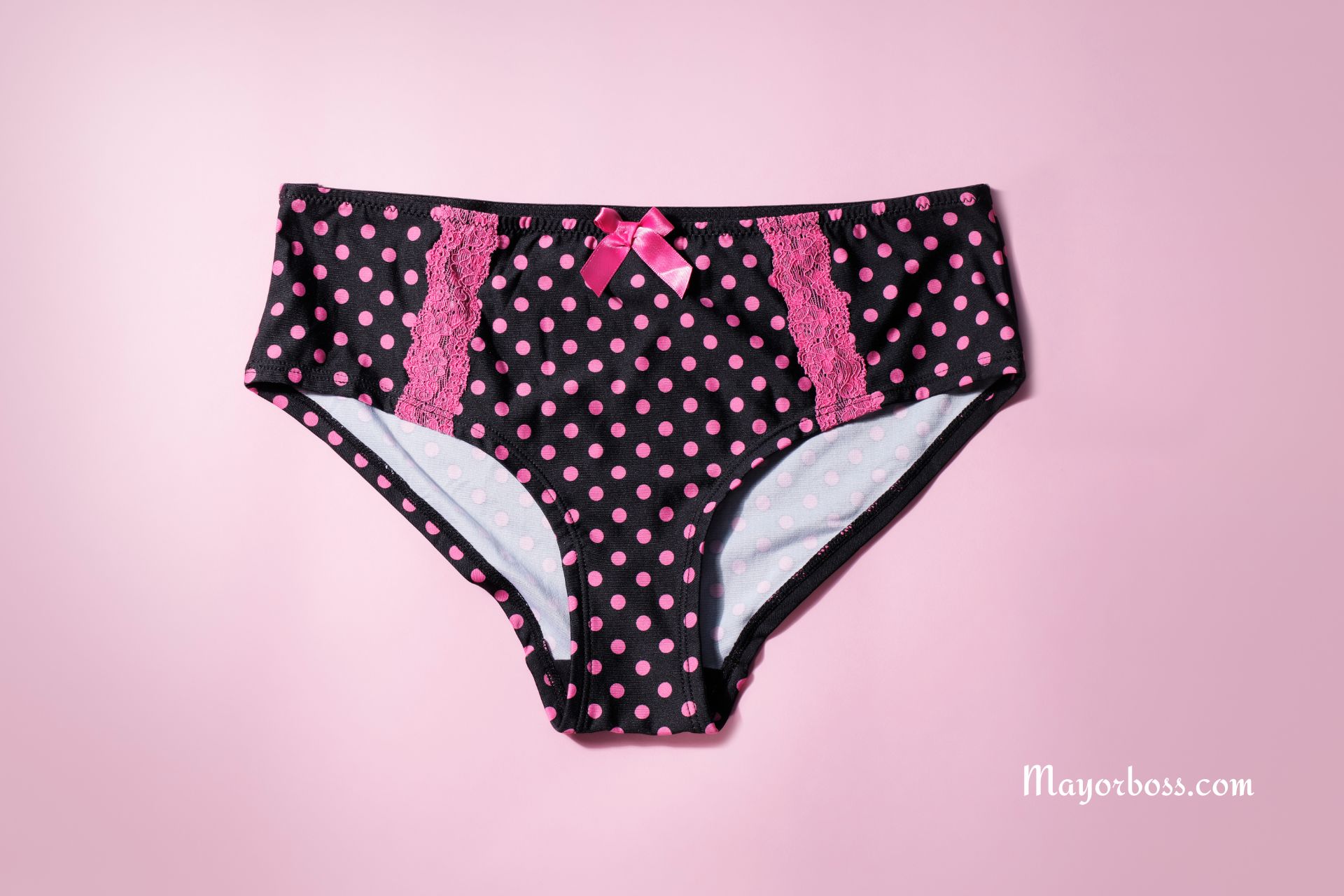The Worst Types of Panties for Your Health
When it comes to choosing underwear, comfort and style often take the front seat. However, the type of panties you wear can have significant impacts on your health. Surprisingly, something as simple as selecting the wrong type of underwear can lead to discomfort, infections, and other health issues. Here, we’ll look at some of the worst types of panties for your health and why you might want to think twice before picking them out of your drawer.

1. Synthetic Materials
Underwear made from synthetic materials like polyester or nylon might look appealing and feel smooth, but they’re not the best choice for your skin. These materials don’t allow your skin to breathe. Consequently, they trap heat and moisture, creating a perfect breeding ground for yeast and bacteria. This can increase your risk of developing yeast infections or bacterial vaginosis. Instead, choosing underwear made from natural, breathable fabrics like cotton can help keep the area dry and reduce the risk of infections.
2. Thongs
Thongs might be the go-to for avoiding visible panty lines, but they come with their own set of issues. The design of thongs can facilitate the transfer of bacteria from the back to the front, increasing the likelihood of urinary tract infections (UTIs) and bacterial vaginosis. Additionally, the constant friction caused by the thin strip of fabric can irritate the skin, leading to discomfort and rashes. For daily wear, opting for styles that provide more coverage and less friction can help maintain your health and comfort.
3. Too Tight Underwear
Wearing underwear that’s too tight can not only cause chafing and discomfort but can also lead to poor circulation and skin irritation. The tight elastic bands can dig into your skin, restricting blood flow and leading to discomfort. Moreover, tight underwear can further exacerbate the issues associated with non-breathable materials by pressing the fabric closer to your skin, thus trapping more heat and moisture. Ensuring your underwear fits properly, without being too tight or too loose, can help prevent these problems.
4. Shapewear
Shapewear panties, designed to smooth and contour the body, can be incredibly tight, putting excessive pressure on the abdomen. This pressure can lead to digestive issues, such as acid reflux and slowed digestion. Additionally, wearing shapewear too often or for extended periods can lead to nerve compression and circulation problems. It’s important to limit the use of shapewear and choose pieces that offer a snug, but not restrictive, fit.
5. Scented or Dyed Underwear
Underwear that’s been dyed with harsh chemicals or is scented can irritate the delicate skin around the genital area. These additives can cause allergic reactions, itching, and discomfort. For those with sensitive skin, it’s especially important to choose underwear that is free of dyes and fragrances to avoid unnecessary irritation.
When to Choose Health Over Fashion
While it might be tempting to choose underwear based solely on how it looks or fits under certain outfits, considering the health implications is crucial. Opting for breathable, well-fitting, natural fabric underwear can significantly reduce the risk of infections and skin irritation. It’s also wise to change out of sweaty or wet underwear as soon as possible to keep the area dry and clean.
FAQs
Q1: Can wearing the wrong type of panties cause long-term health issues?
While occasional wear is unlikely to cause long-term problems, consistently wearing panties that are too tight, made from non-breathable materials, or designed in a way that promotes bacterial transfer can lead to recurrent infections and skin conditions that may require medical attention.
Q2: How often should I replace my underwear?
You should consider replacing your underwear every 6 to 12 months, or sooner if they start to show signs of wear and tear like loose elastic or thinning fabric, to ensure they provide adequate support and hygiene.
Q3: Is it better to sleep without underwear?
Sleeping without underwear can allow your skin to breathe and help regulate temperature and moisture levels, potentially reducing the risk of infections. However, personal comfort and preference should guide your choice.
In summary, while the style and aesthetic of your panties are personal choices, prioritizing health and comfort can help prevent discomfort and health issues down the line. Choosing the right type of underwear can make a significant difference in maintaining your overall health and comfort.
